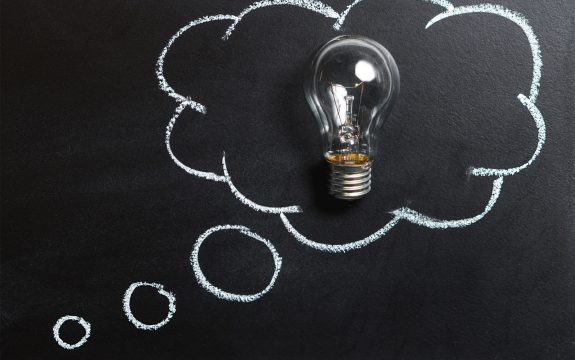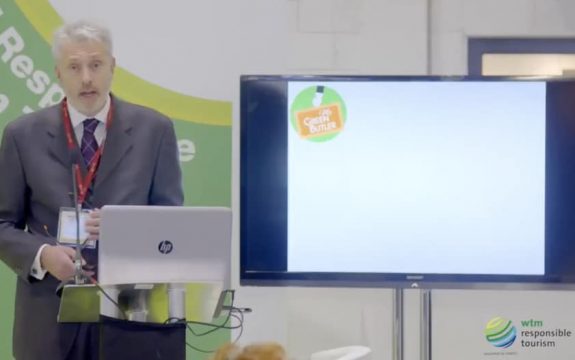Taking the right action in the race to save energy
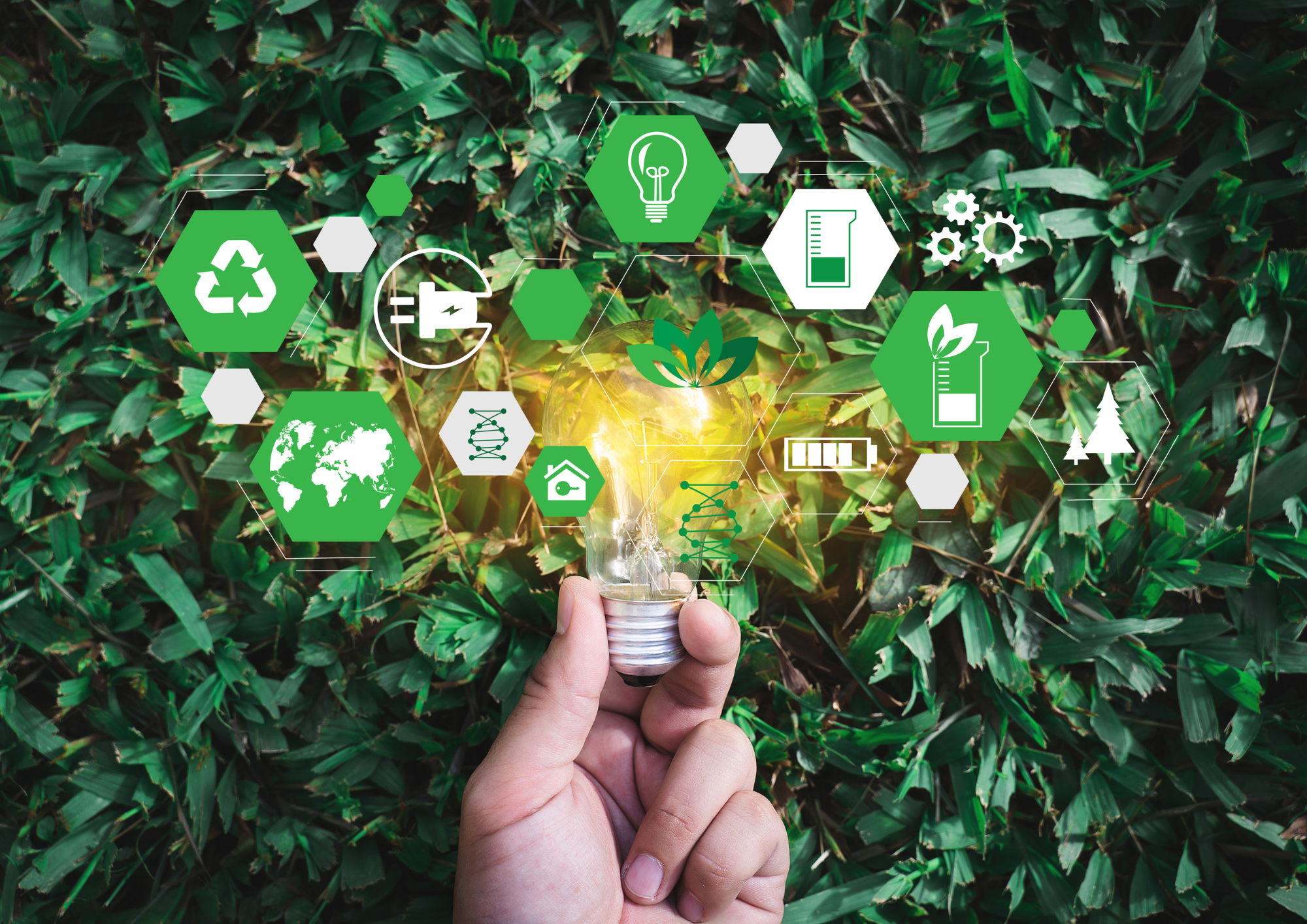
Did you know some of the ways we save energy can actually be counterproductive?
Our efforts can escalate costs, increase indirect carbon emissions, and leave us with wasteful practices ‘built in’ to our daily operations in hotel, resort, timeshare, apartments, or self-contained cabins. In our race to reduce carbon it might seem only natural to switch to green energy, install renewable energy facilities, and/or choose an offset programme without hesitation. They all make clear common sense, right? Likewise, to act promptly on sky-rocketing energy costs with quick fix cleaner technologies and efficiencies seems the most obvious course (to relieve the financial pain). But the way we apply renewables and new technologies can still not resolve the deeper problems (the cause) of how we use energy in the first place. And this is the sustainability question we would be well advised to consider first.
Few managers/owners would claim that their tourist accommodation business has no wasteful practices; even fewer would say that their building functions even better under extended severe high/low temperature. If we have wasteful operations and practices that also do not adapt well to extreme weather events, then quick fix solutions may only be a ‘Band-Aid’, not a comprehensive solution in themselves. We should look deeper. It is better to take a detailed assessment first, introduce multiple plans that over time build a strong interwoven strategy to save energy and cuts emissions for the long-term benefit. After all, how our guests and staff use energy and the scale and duration of extreme weather dictate energy use, not the equipment and systems.
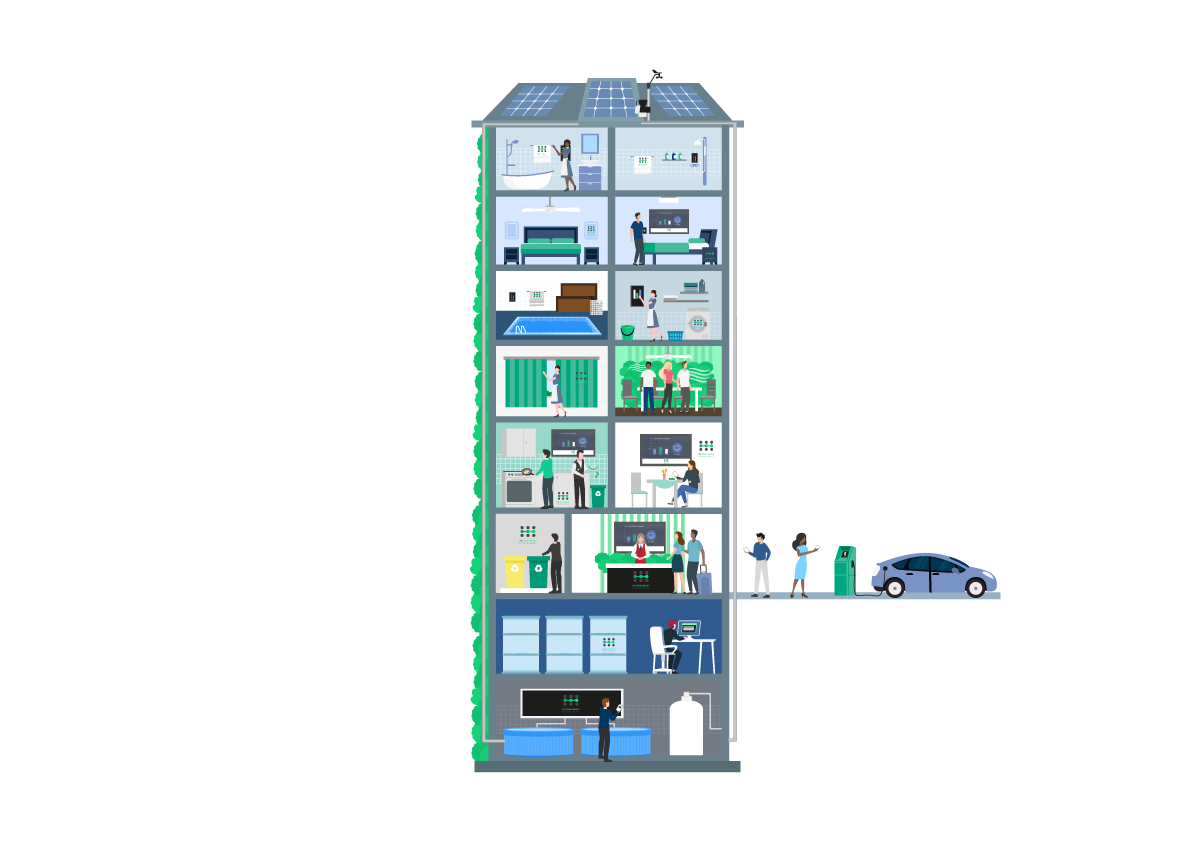
How can I make these claims you might ask? What I am about to describe to you is based on my own research that has been blind peer reviewed and published in leading +A academic journals. It also includes the conclusions from multiple scientific studies researched by leading authorities on energy and social practice, also widely published and recognised.
What you should do to save energy costs, cut carbon, and drive long-term economic sustainability is to:
1.Recognise that people are your ally
Start your energy saving strategy by first recognising that your tourist accommodation building does not use any energy, people do. Humans use the systems that directly account for the building’s level of consumption. That is your staff and guests. This means you must create a human-centred strategic solution. Communicate to everyone with advice to enable them to conserve, then share eco-feedback on your progress. Set saving targets and guide staff and guests on how to reach these at different points of the day because our routines change through the day and are often weather dependent.
2. Create tangible goals
Set saving targets at regular intervals, not weekly or monthly. This is because multiple operational practices occur through every hour. If you take daily or weekly audits the finesse of what is actually occurring is lost. With My Green Butler we report every 15 minutes so data is high granularity, the intelligent system spots issues, people can react quickly to stem waste and take preventative action promptly, saving considerable amounts of energy and water. You want to be able to provide your team with goals and feedback on how you are tracking, ideally in real-time for real progress.
3. Learn about your operational weaknesses
Study your building’s energy consumption. Compare two time periods. One should include a Covid year with low occupancy. Take a look at the comparison between the years. Did your energy consumption change in the same proportion as occupancy? If not, what was left on? This may indicate what is currently considered ‘normal’ operational running expense, but in fact might reveal saving opportunities. Consider their merit. For example, on days when you have 50% occupancy how could you readjust public areas so that you can shut off unnecessarily facilities and adjust the flow of visitor traffic to those low use areas? My Green Butler is able to direct guests to use different services and turn shut down facilities on based on occupancy.
4. Pinpoint gaps in your current thermal comfort facilities
Study your monthly and seasonal consumption by day comparing these with extreme weather event periods. We find that energy consumption can jump 25% during such occasions. Heat waves can now last days and even weeks pushing up overall energy consumption fast and undoing efforts at other periods to save (true also for cold snaps). In effect this becomes a gap analysis to reveal at what points does your building leak energy at an excessive scale. In particular, consider how does your building adapt following very hot days and hot nights or cold days and very cold nights knowing that guests would want ‘normal’ room temperatures to sleep in (ideally 18 °C). Note if you cannot do this because data is only available on a monthly billed period you can average this and gather weather data from the national bureau of weather/meteorology to compare. However monthly bill data is a very poor source of information because it is generalised and not sufficiently granular to identify wasteful operations (as explained in point 1). This is why My Green Butler monitors and compares multiple variables to trace saving opportunities 24/7.
5. Design better experiences
Audit what adaptive thermal comfort facilities your guest rooms and building have for cold and hot periods. Now you have the data, the gap analysis, and the audit, you will be able to design no/low carbon and energy solutions. An example of this is to create a cool retreat within the building that allows you to adapt minimising costs and emissions (for more details read my book “How to Create Sustainable Hospitality“). Do you have a method to collect this data? If not please write to me for free resources that will help you design better guest experiences that save energy christopher@mygreenbutler.com
Creating design though design requires conceptualising solutions, sharing them with team members and guests until, with their feedback you arrive at workable solutions that staff can apply and guests are delighted to use. The result adds value to the stay experience and makes the staff feel they are driving positive change which they can see (note point 2 above – goals and feedback).
6. Create adaptive policies
Review the policies you have that involve all staff in adjusting a building to adapt to extreme weather from housekeeping to F&B (how the room is prepared for hot and cold weather and how does the menu change to reflect people’s need for suitably cool or hot food – this directly affects their ability to adjust to the weather). Use My Green Butler’s task management system to empower your staff to respond in advance to extreme weather events to maximise the opportunities of taking pre-emptive action to conserve. Set policies for your housekeeping staff on room cleaning and let them see their performance from real-time reporting by room, something that My Green Butler has pioneered. Likewise, you can set energy saving goals for your kitchens and display the performance as eco-feedback to your staff. Including food waste, here is important for energy saving too. Less large-scale food preparation saves energy in both cooking and hot water use.
7. Give your staff and guests the tools to conserve
Consider the adaptive facilities that enable guests and staff to take pre-emptive action to conserve resources and maintain safe and healthy temperatures. In your audit and following assessment of consumption you will be able to identify areas for improvement e.g., sunshades on external windows, sun screens on guest room windows or protective film to reduce solar radiation heat rooms on south or north facing rooms. My Green Butler informs them of when and how to operate such items. Applying preventative actions can stop escalating energy use during extended high and low temperature periods.
8. Don’t forget hot water
Hot water is a major energy user. It can contribute to around 50% of your energy use depending on the type of accommodation. So shorter showers are not simply about saving water, but your guests may not realise this. Certainly, your staff may be wasting hot water in the kitchens and during housekeeping duties. Demonstrate the amount of energy used to heat water and translate it into comparisons that fix in people’s minds. My favour is to explain that boiling a litre of water in and electric kettle is similar to running an average fridge freezer for 7 hours! My Green Butler helps us convey such messages in a gamified informative way to staff and guests. It does not detract from their stay because people are keen to learn things they can apply in their own homes to save energy.
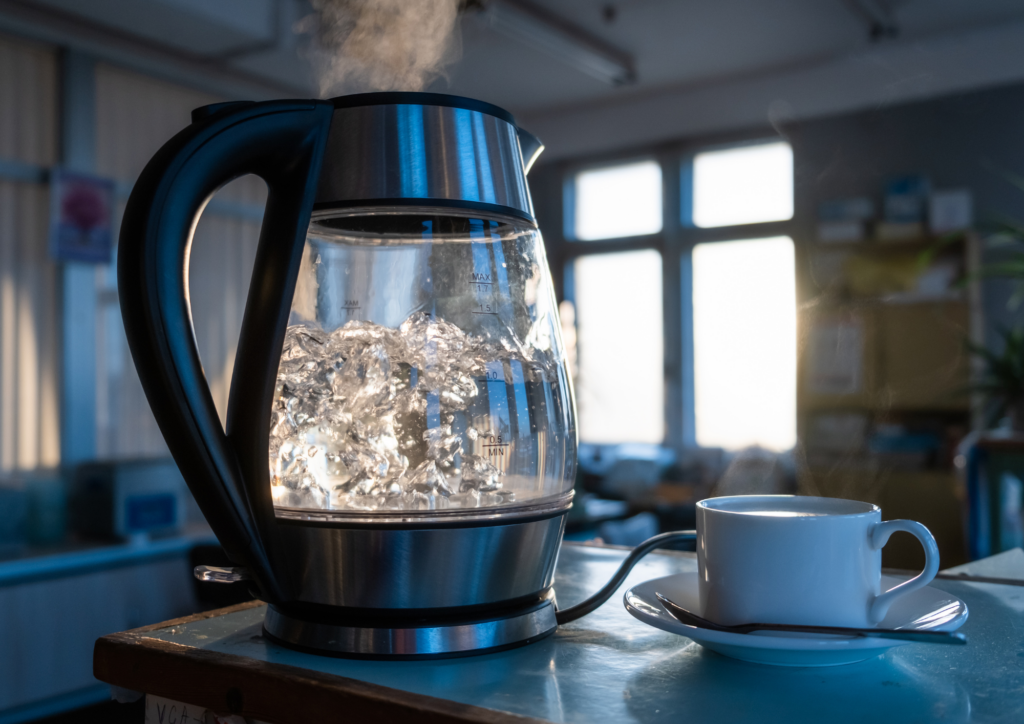
9. Conserve first before you buy
Remember if you conserve energy first then your overall consumption will drop. Once you have made deep energy savings then you can assess reducing your footprint further by buying 100% green energy, installing renewables and buying cleaner technologies. Then you are matching equipment to your new improved baseline when you are an effective leaner operation which people admire. You will also be buying green energy that does not waste it! From my research and observations of properties, as much as 35% of energy use is wasted in many properties through poor policies, low motivation of staff, lack of guest engagement, and the lack of a strategic, consistent conserving plan that enables everyone to participate. Remember if you go out to buy the hardware first you are in danger of over engineering and overspending.
In most countries people are now on the front foot for conserving because it costs money and is wasteful, and that is not good karma in the modern world! The social change we have experienced in Europe, Australasia, and North America can empower your plans to involve staff and guests, the primary users of energy in hospitality buildings. Ignore their help at your peril if you want to make quick significant long last savings that cost very little to implement. The race to make smart savings is about conserving first.


